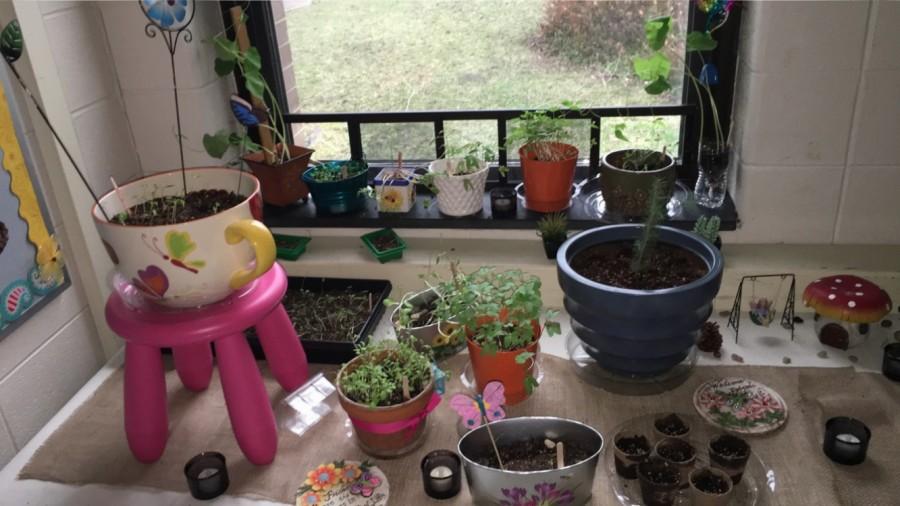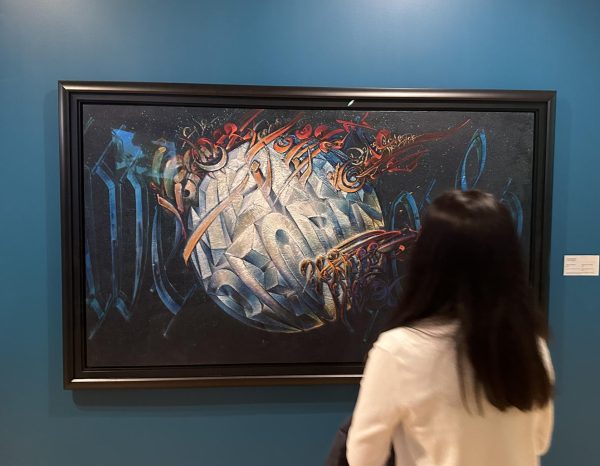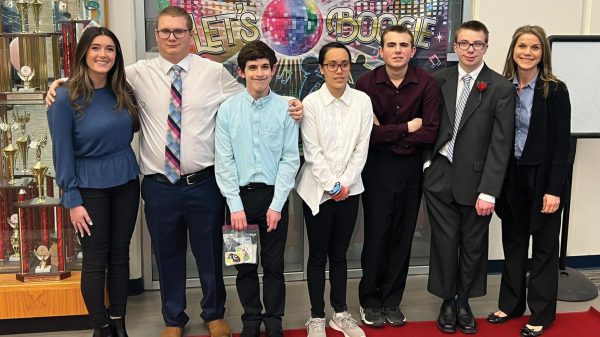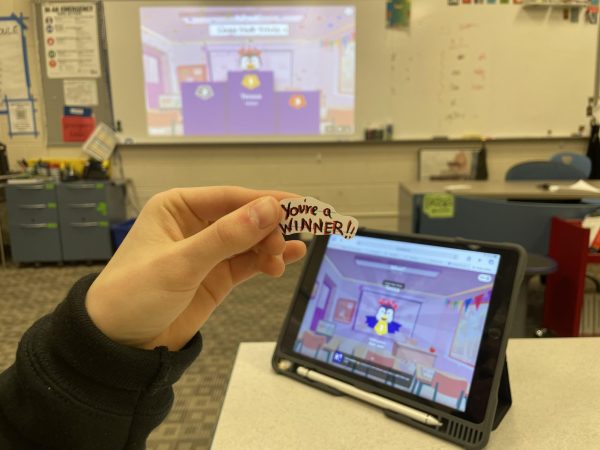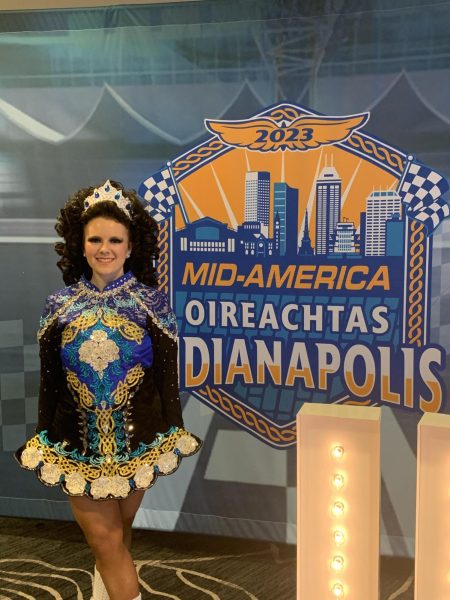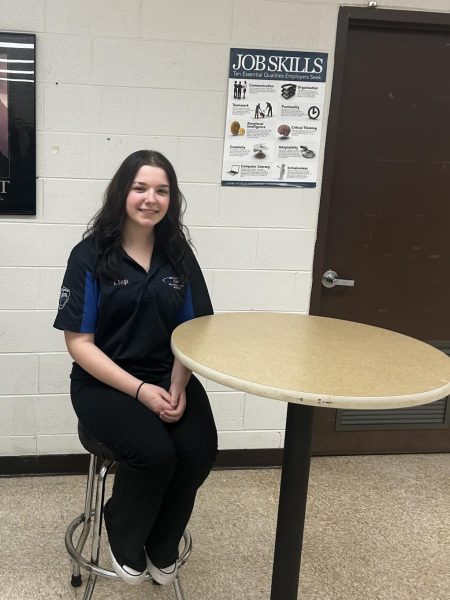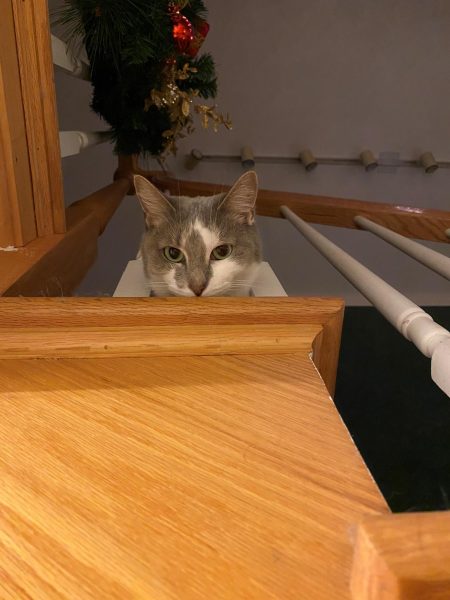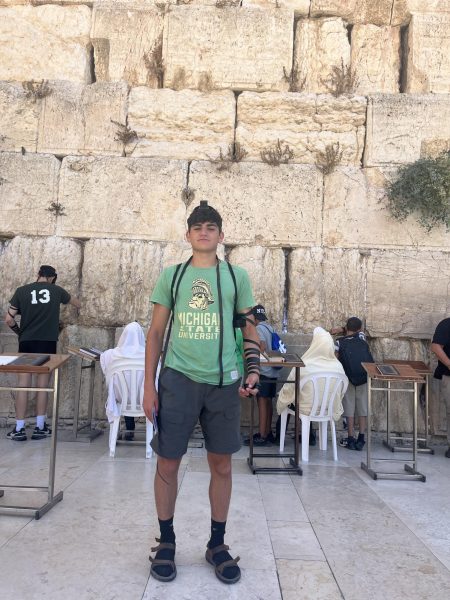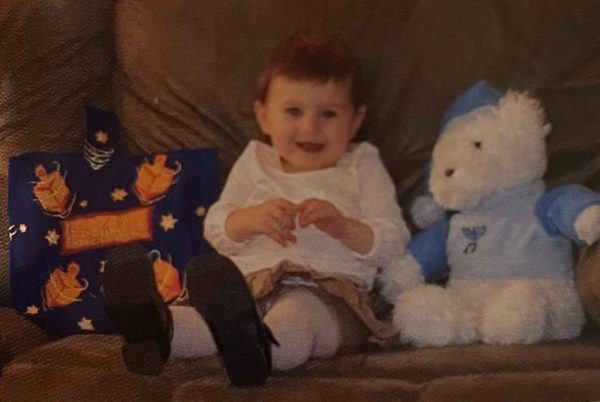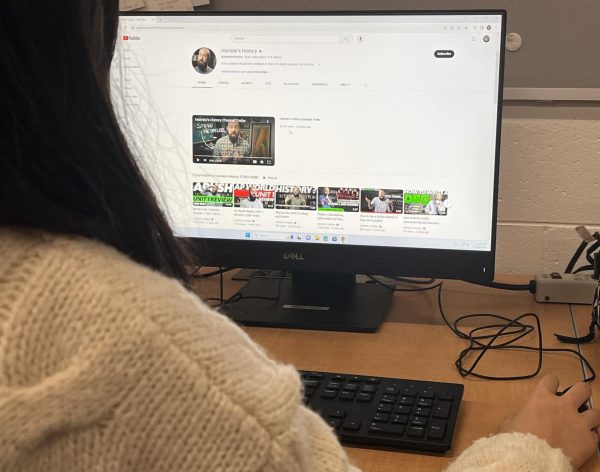Growing the possibilities for special education
Maureen Anderson’s class decided to make their own garden and the students are getting insight into what it takes to grow and maintain a garden. In preparation for the garden to come, the students needed to learn more about horticulture so they could then eventually become leaders and be teacher other students the skills they’ve learned. Anderson believes that with “a small garden in [the] classroom,” will help prepare the kids.
The special education department wants to plant a request in your mind- vote for District 95’s Seeds for Change grant so the district’s first greenhouse can be built and grow the special education program.
“[These students] don’t always get that chance here to be a leader. It will give them the chance to show and help other people,” said Maureen Anderson, one special education teacher for the functional skills along with Michael Sutton.
Seeds for Change is a program that strives to grow interest in gardening and planting organic foods. Voting ends on April 18 and the top 50 gardens will be announced on April 20
“People are voting right now because with the Seeds of Change grant, the top 50 gardens that receive the most votes are the ones that go to the next round where [they go] to the judges and they’ll decide on who’s the top,” Jenna Cataldi, special education teacher for the life skills program, said.
Although the Seeds of Change grant would help with the program, Cataldi says the special education department sees enough value in the greenhouse that they’re planning to have it built by the beginning of the 2016-2017 school year.
“Our goal, too, is for the students to earn money from the garden and then it will go right back into the garden so for all of the students year after year,” Annamarie Bader, special education teacher for the transition program, said. “It’ll be good for them business-wise.”
The garden will not only teach the students business skills though and according to Cataldi, “a big part of all of [the special education] programs is preparing [the] students for the future for working.”
Also believing that if the students “buddy-up” with elementary or middle school students, according to Bader, it “would help foster their self-esteem and social-emotional growth.”
“[This will help] our students most and hopefully the community will benefit from this program as well,” Bader said. “I think that the connections that the students are going to make in the community is a huge goal.”
Benefiting not only the students, but also others, according to Bader, the greenhouse is going to be “totally accessible to all students with or without disabilities.”
“We can go right outside by the science wing and we can actually get in and out with our key so that will be easy. Also, it is wheelchair accessible. There’s a sidewalk there and there are cameras there too so it will be helpful to monitor,” Anderson said.
Besides location, according to Bader, there is another positive about the garden that will be “good for everybody.”
“Some of the studies show that ‘if they grow it then they’ll eat it’ and [another goal is] just getting them to have more interest in fruits and vegetables,” Bader said.
To get the fruits and vegetables, as well as other supplies that they want, Bader, along with the other teachers, are applying for other grants. To receive a grant from the Seeds for Change grant program that the high school has applied for and “in order to get to the top 50 gardens [nationwide]” the garden being built needs to be voted on online according to Cataldi.
“[Seeds of Change] really wants it to be something that ties into the community and we felt that Lake Zurich really doesn’t have anything like this in school,” Bader said.
In preparation for this new feature, each of the three classes have been preparing in different ways, from research to practicing with data tables, but Cataldi said the greenhouse will bring the classes together.
“I think that’s the one big thing about our programs and the one thing about this greenhouse is that it’s definitely going to tie our rooms together,” Cataldi said. “It’s going to foster collaboration between our rooms, which is something that I don’t think we’ve really had before.”
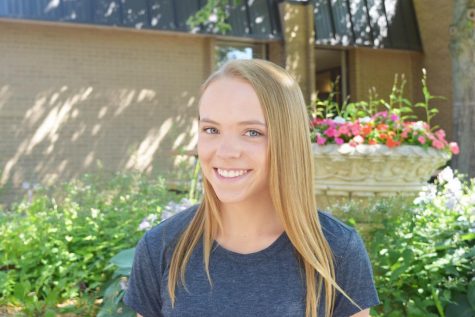
As a senior in her third year on staff, Megan (spelled the right way) will be taking on the role as Magazine Editor-in-Chief of Bear Facts Student Media....

